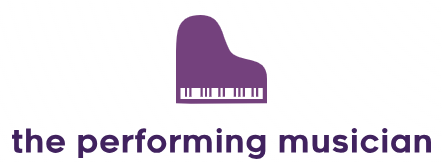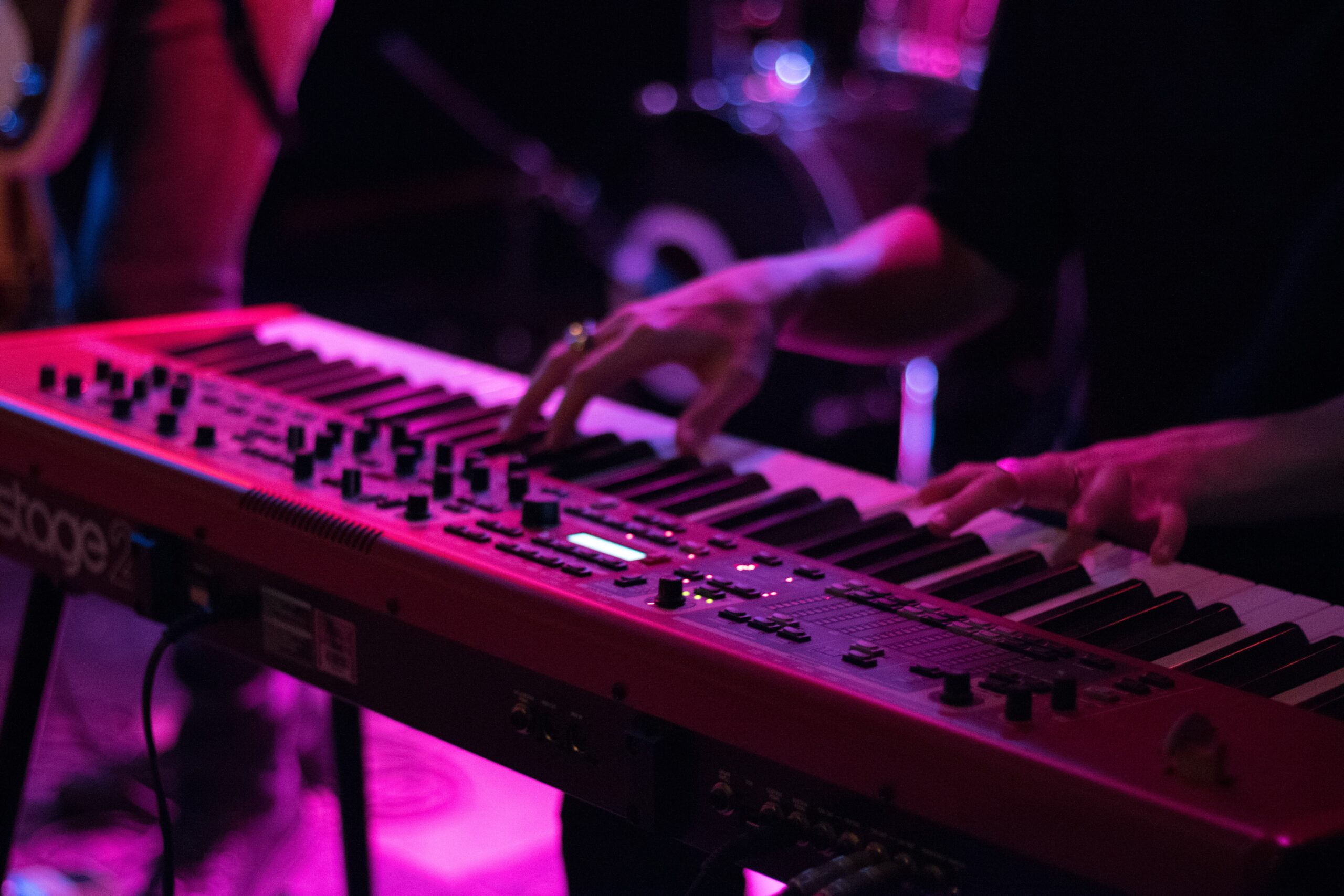This article may contain affiliate links. For more information, read our affiliate disclosure.
A 76 key digital piano or keyboard can be a fantastic investment for the intermediate pianist. It’s where you start to get some serious instruments that are critical for pianists going up through the grades and needing something a little more professional to practice on. They aren’t for everyone, however, and if you’re anything over around Grade 5 or 6 I would suggest going for a full 88 key model.
That being said, there’s definitely a place in the market (generally for the intermediate pianist OR the stage pianist needing a compact instrument) for these keyboards, and in this article we’re going to go through some of the best options out there on the market.
A bit about me - I’ve been teaching piano for a long time and in that time I’m often asked by my students or their parents to recommend instruments. I’ve had first-hand experience of all these instruments (usually by accompanying my students to a music shop to give them my opinion of the instrument) and I’ve actively recommended some of these models to my students.
Is 76 keys enough?
Firstly let’s talk about why we would even think about a keyboard with 76 keys. A typical keyboard will have 61 keys, which equates to 5 octaves. A 76 key digital piano or keyboard adds another octave giving you six full octaves. This is more than enough to play most popular music, most jazz music and most classical music up until about Chopin. After this most music was written for a full-sized 88 key piano and if you want to play Brahms, Debussy or Rachmaninov, a 76 key keyboard isn’t right for you. You can, however, play most Bach, Beethoven, Mozart or Schubert on a 76 key keyboard or digital piano.
In all honesty, if you are an intermediate pianist, there are going to be very few pieces that require anything above six octaves. If you exclusively play popular music a 76 key keyboard will be absolutely fine for you and will probably serve you for the rest of your piano-playing days - but if you’re playing more complex classical piano music, an 88 key keyboard would be more appropriate.
Just be aware that if you keep progressing, there may come a time where 76 keys is not enough and you will need to look at something full-size.
It’s also worth bearing in mind that not many people make 76 key keyboards any more - we were only able to find two models that were very easily available, made by Yamaha. There used to be keyboards out there made by Casio, Korg and Nord, but these have become difficult to get hold of.
Weighted or non-weighted keys?
Firstly, let’s separate touch sensitivity and weighted keys, as many people get this confused. Touch sensitive keys mean that the harder you press, the louder the sound - just like a real piano. Weighted keys mean that when you press the keys there is a weight within the key that adds resistance, and means you need more effort to push the key down. The key also does not return straight away like it would on a spring-loaded key.
I’m a huge proponent of weighted keys. The reason for this is that you will not generate enough strength in your fingers by playing a non-weighted keyboard. You will get frustrated if you progress to the level of buying even a mid-range instrument (which definitely will have weighted keys) and you’ve never had weighted keys in the past, as it’ll feel like you’re learning everything all over again. A huge part of learning to play the piano is muscle memory, and if you teach your muscles one thing on a non-weighted keyboard, you need to go through the motions again on a weighted keyboard when you get to that stage and you’ll feel like a beginner again.
My advice would be unless you are a complete beginner who’s never touched a piano before, you should look for a model with weighted keys. Unfortunately, the only model with weighted keys out there that we feel is worth buying is the Nord Stage 3 HP-76 (which is actually very expensive). Just be aware that when you do buy something with weighted keys after having a non-weighted keyboard, there will be a bit of a learning curve.
Having said all this, let’s actually get into each model and what’s good/bad about them. There are only two models in this list, as it’s become very hard now to locate 76 key keyboards. In all honesty, these are probably your only two options now in the market that are worth buying - there are others out there from cheaper manufacturers but to be honest, they aren’t worth looking at.
The best 76 key digital pianos in 2023
In this section we go through our opinions on the best 76 key keyboards you can buy today. Please note - this is based on specifically my experience with these instruments. Your mileage may vary and you may not agree with what I've said, but I've recommended both of these instruments to my students in the past and they've always been received very well.
1. Yamaha PSR-EW310
The best all-rounder

Our Rating:
Pros
Cons
This is the more expensive of the two pianos we're recommending in this article. It's less geared towards budding serious pianists and more for keyboardists due to the voices and accompaniment styles. It's a great keyboard for those who need a little more space for more advanced music, but is just as well suited to complete beginners. It's so well priced for the feature set you get that this is actually my go-to recommendation for anyone starting out that doesn't have a keyboard but doesn't want to spend a huge deal of money on one.
The PSR-EW310 features a really high quality tone generator which gives you a variety of classic instrument sounds like guitar, saxophone and trumpet, as well as other keyboard sounds like piano, harpsichord and organ. It also allows you to split the keyboard, so that one voice can be played in the left hand and another in the right hand. These voices number 622, and while I can't imagine anyone every needing to use every one of them, they are all excellent quality.
You even get a voucher for two music lessons included - I would usually recommend you get your own teacher but to be honest, this is a good way of seeing whether learning the piano is for you.
However, it's not all great - if you're looking for specific features such as reverb, you may find these are lacking in detail a little bit. Additionally, some users have reported that you can't save a configuration, so if you find a setup you like, you can't save it and come back to it the next time you want to play. This is normal for cheaper keyboards like this, but is worth bearing in mind if this is important to you.
All in all this is a great keyboard and is worth looking at if you're a beginner or you're finding you need more keys to play the music you want to play.
2. Yamaha NP-35 Piaggero
The best for more serious pianists

Our Rating:
Pros
Cons
This is a piano that I've recommended numerous times to my students, as it's a fantastic bridging instrument between those who maybe started out on a 61 key keyboard, and those moving on to better and brighter things - maybe taking a Grade 7 or Grade 8 exam.
If you're around Grade 4 or 5, and you need to make the step up to a better instrument, you won't go far wrong with this. It's incredibly light and portable, weighing around 7kg. You also have the option of powering it via batteries meaning you don't have to lug a cable with you everywhere you go.
The NP-35 has a touch sensitive keyboard, but it's more than this - it's graded, meaning the lower keys are heavier than the lighter keys. This is good because it's very nearly a weighted piano - a graded piano is much closer to the feel of the real thing than a non-graded piano. It's also touch sensitive meaning the harder you press the keys, the louder the sound is - again, just like a real piano.
The sound this puts out is excellent, and it's on par with that of Yamaha's far more expensive pianos (in fact I believe it's the same CFX concert grand that's used) meaning you're getting the incredible sound of one of the best pianos in the world for what is a very reasonable price.
We'd highly recommend the NP-35 to anyone looking to graduate from a cheaper, 61 key keyboard. It is a reasonable investment, but it's one that will pay off if you're serious about learning to play the piano.
Would we recommend a 76 key digital piano?
In short, no, we wouldn’t.
The reason for this is twofold. Firstly, there simply aren’t enough of them out there any more to make an informed decision. There are two models that we were able to find that are readily available to buy, but in all honesty they fit a very narrow segment of the market and there’s unlikely to be huge product development in this space in future. We could be wrong but manufacturers (in our opinion) are likely to focus their efforts on their 61 key models and 88 key models.
Our advice would be that if you’ve outgrown a 61 key keyboard, your best bet is to look at a full-size 88 key model. You may find that they are more expensive than what you were otherwise prepared to pay, but the investment is worth it and will pay dividends in your piano playing.
We’re currently compiling a list of the best 88 key keyboards under $500, which we’ll update here when complete. In the meantime, if either of the suggested models above meet your needs then by all means go for one of them - we’re not trying to discourage you from buying either. It’s just worth saying that you’re probably better served going for a full-size keyboard where you’ll never have to think about whether your keyboard might be too small to play a piece of music again.


